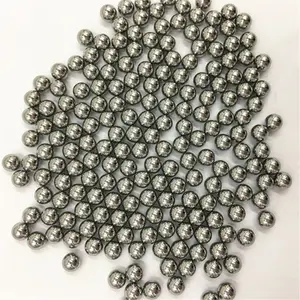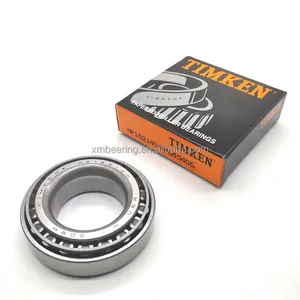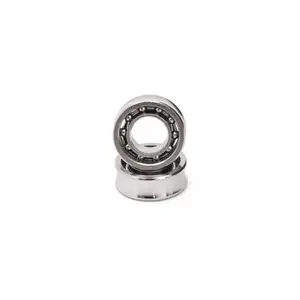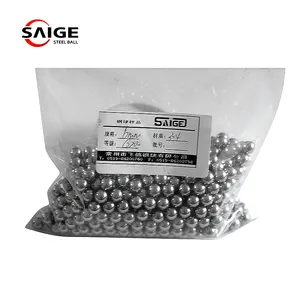Popular in your industry






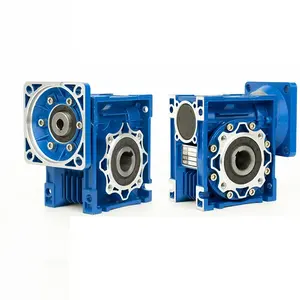
























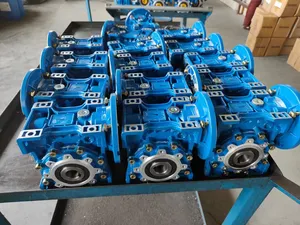

















































































































































Top categories
About 1:30 ratio gearbox
Understanding the 1:30 Ratio Gearbox
A 1:30 ratio gearbox is a specialized mechanical component designed to modify the output speed and torque of a driving device, typically an electric motor. This type of gearbox is integral in applications requiring a significant reduction in speed while simultaneously increasing torque. The '1:30' designation indicates that for every 30 revolutions of the input shaft, the output shaft completes one revolution.
Types and Applications
The versatility of the 1 30 ratio gearbox allows its use across various industries. From manufacturing to material handling, these gearboxes are crucial in applications where precise speed control is paramount. The type of gearbox selected can vary based on the application, whether it's for conveyor systems, mixers, or automated robotics.
Core Components and Features
At the heart of a 30 1 gearbox lies its internal components: gears, bearings, and an output mechanism. Each part must work in unison to ensure efficient operation. The gears, crafted from durable materials, are designed to handle the stress of speed reduction. Bearings support the rotating shafts and reduce friction, while the output mechanism delivers the adjusted torque and speed to the driven equipment.
Material and Design Considerations
The construction of a 1:30 ratio gearbox involves materials that can withstand the demands of operation. Metals such as steel and aluminum are common for their strength and durability. The design must also account for heat dissipation, as gearboxes can generate significant heat during operation.
Advantages of Using a 1:30 Ratio Gearbox
Employing a 1 30 ratio gearbox in machinery brings numerous advantages, including improved torque transmission, enhanced precision in speed control, and the ability to handle varying loads. These gearboxes are designed to offer reliable performance while maintaining efficiency in a compact form factor.
Selecting the Right Gearbox
Choosing the appropriate 30 1 gearbox requires consideration of the application's specific needs, such as the required RPMs, space constraints, and efficiency requirements. It's essential to select a gearbox that aligns with the operational demands to ensure longevity and optimal performance.


